TikTok challenges killed my kid — and now I’m fighting back
It’s not all song and dance.
More and more kids are being hospitalized — and even killed — after attempting various “challenges” they see on TikTok, and parents are speaking out.
“It’s ludicrous!” said Jazzilynn Cook, a 35-year-old mother-of-two based in Dayton, Ohio.
Earlier this month, she had to rush her 7-year-old son, Kyuonn, and 5-year-old daughter, Aarhiya, to the hospital after they attempted the “One Chip Challenge.”
Kyuonn had learned about the dangerous endeavor — in which one consumes a single Paqui brand tortilla chip flavored with the hottest peppers in the world — on TikTok.
While TikTok didn’t come up with the idea for the challenge or market it, the feat has been a viral sensation on the platform, where the hashtag #onechip has over 160 million views and #onechipchallenge2023 has some 21 million. (Paqui recently announced that it is working with retailers to remove the chips from store shelves)
Unbeknownst to his mother, Kyuonn grabbed a bag of the extra-spicy snacks — which mom had previously cautioned him against and sat right next to the regular chips — when they stopped at a gas station.
“Somehow he snuck it out of the store,” Cook, a machine operator at a factory, told The Post. She drove off, and three minutes later, both children began screaming at the top of their lungs in the back of the car.
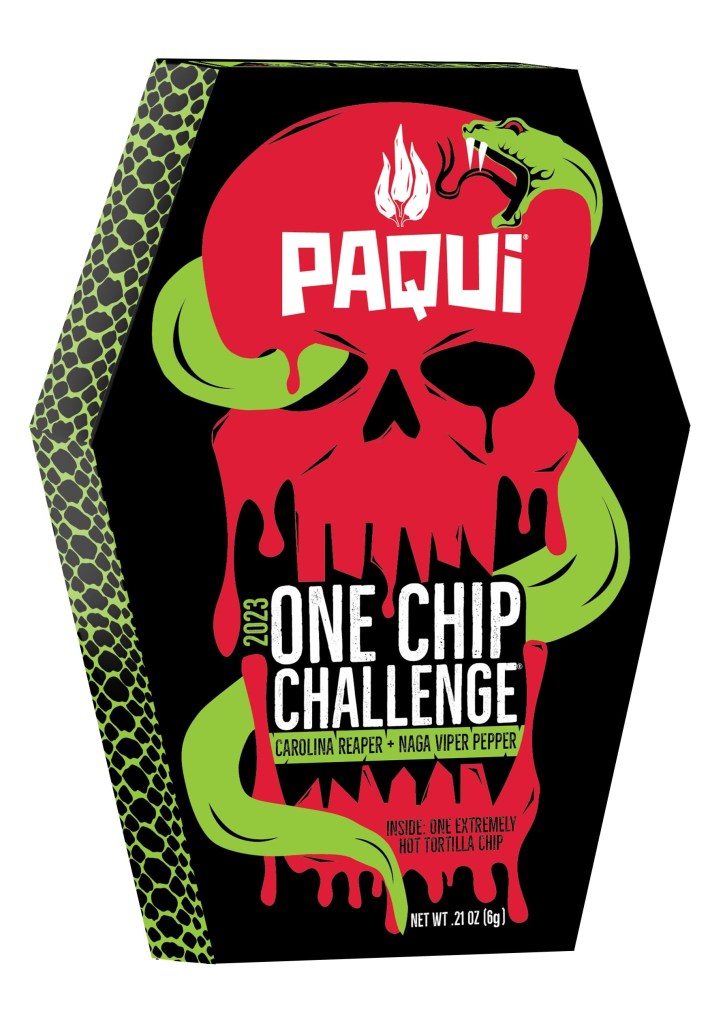
“I turned around and started panicking,” said Cook, who felt completely helpless in the moment. “It was the scariest thing I’ve ever experienced.”
Both kids had to spend the night in the hospital to be treated for intense burning in their eyes, mouths and stomachs. Aarhiya also experienced respiratory issues and had to be given oxygen.
Cook blames social media for the terrifying ordeal.
“It’s a very dangerous thing and TikTok should be held responsible for airing these things on their platform,” she said.
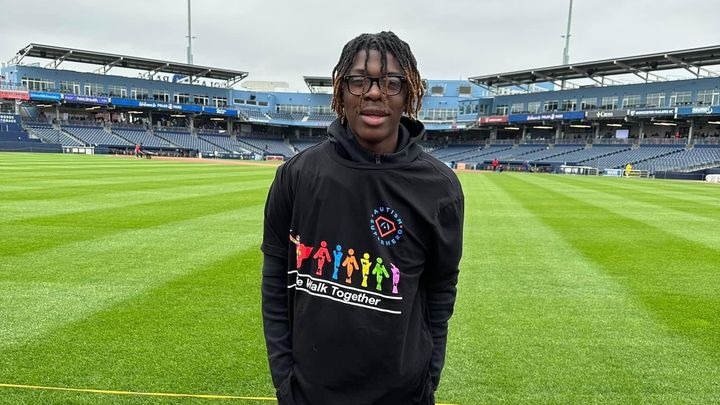
In recent years, several tragedies have been connected to viral challenges on the social media giant.
Last October, Bloomberg reported that the “Blackout Challenge” — in which one tries to choke oneself to the point of passing out — was linked to the deaths of at least 15 kids under age 13 in a span of 18 months. This past April, WGGB-TV reported that 10 elementary school children in Massachusetts were hospitalized after trying “Trouble Bubble,” a gum that contains the same ingredient as pepper spray, oleoresin capsicum, and has been popular on TikTok. That same month, 13-year-old Jacob Stevens died after taking too much Benadryl as a result of a TikTok challenge in which one takes massive amounts of the antihistamine. Earlier this month, a 14-year-old boy in Boston, Harris Wolobah, went to the ER and died after attempting the “One Chip Challenge”
Some grieving parents are taking legal action.
In October 2022, Michael and Shonell Green filed a federal wrongful death lawsuit in the Northern District of California against TikTok and technology company ByteDance on behalf of their late son Tate.

Two months prior, Shonell had found 14-year-old Tate unconscious in his bedroom after he allegedly tried the Blackout Challenge.
The boy, who loved cars and Muay Tai, had spoken with his mother just minutes before. She tried to resuscitate him and paramedics rushed him to the hospital where he was placed on life support and soon died.
The Greens were shocked. They weren’t aware that Tate had downloaded TikTok.
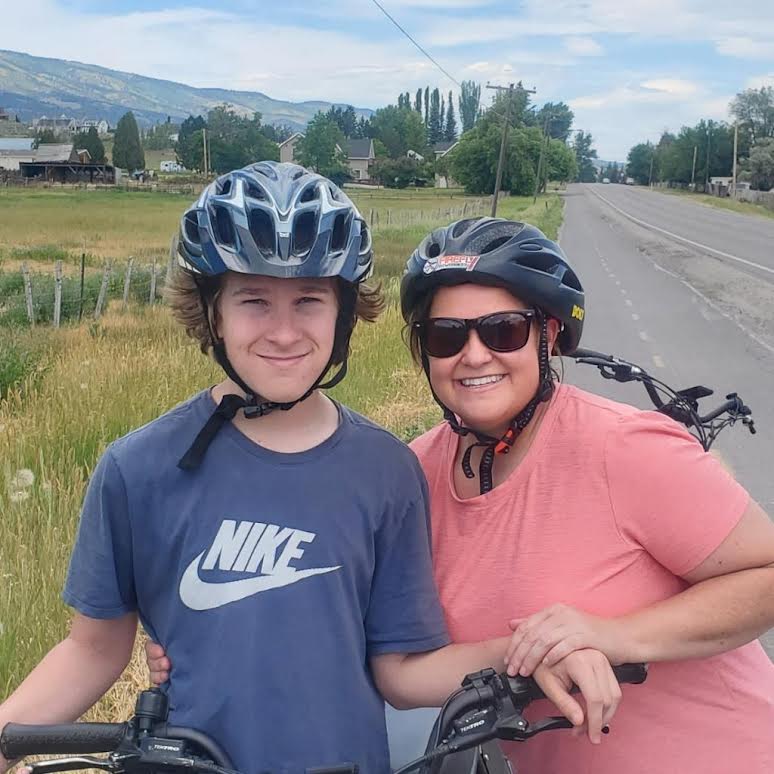
“We didn’t know about the challenge. I’d never even heard of that before,” Michael said. “Initially we had thought that Tate had committed suicide, but as we really looked at it. We realized how incredibly happy he was. This wasn’t intentional.”
The couple have found a shred of solace channeling their pain into raising awareness and hopefully helping to prevent some further tragedies.
“There needs to be some level of control or some management of the type of content being viewed by our kids,” said Michael.

“[You] can’t fathom how destructive, how incredibly deadly this can be for kids.”
Dean and Michelle Nasca of Long Island are also speaking out after the death of their son, Chase.
Last February, the 16-year-old stepped in front of a Long Island Railroad Train after allegedly receiving more than 1,000 unsolicited videos of suicide and violence on TikTok.
He messaged a friend on Snapchat, “I can’t do it anymore,” while on the tracks.
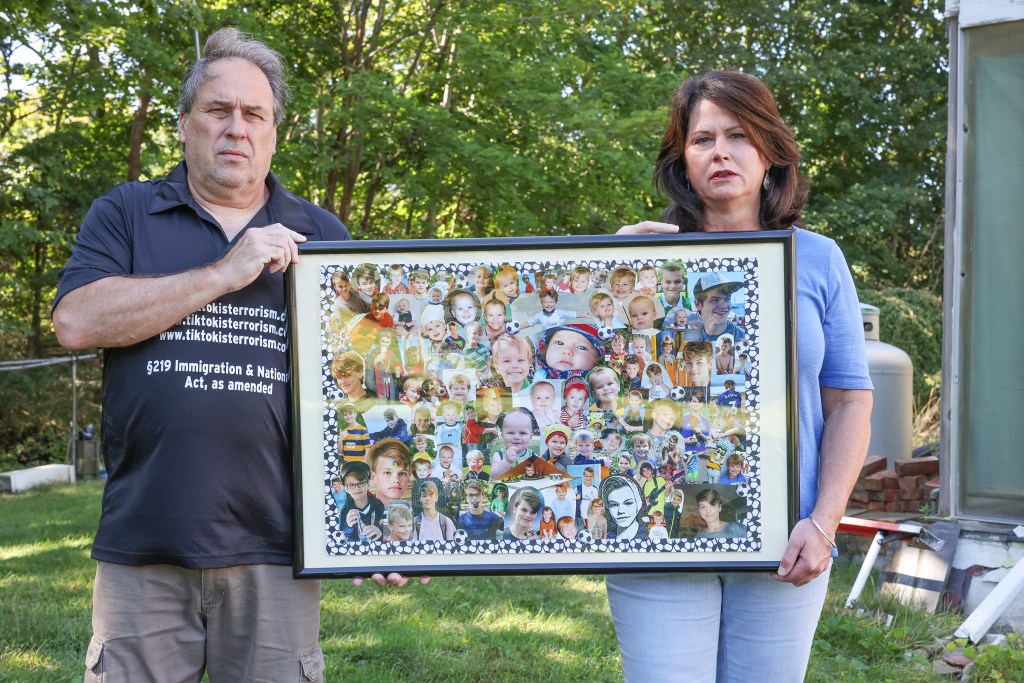
Like the Greens, the Nascas saw no warning signs.
“We only discovered everything after he already passed. We had an idea that he was using social media but it was never an issue,” Dean told The Post.
After Chase’s death, they learned that he had received more than 1,000 unsolicited videos of violence and suicide about ways to end one’s life. Some of the videos were saved on his phone. One had suicidal messaging that read: “Player Tip: K!ll yourself.” Another TikTok had the message that: “death is a gift.”

“We were horrified. We didn’t understand why he would even have those videos. The bottom line is, these were unsolicited videos — he was searching for weight lifting tips, motivational speech, and they sent him suicidal videos,” Dean told The Post. “He wasn’t searching for this – nothing in his history indicated that he was searching for this.”
In March, the grieving couple testified before Congress on Capital Hill about the potential national security risks and harmful content targeted by TikTok.
The Nascas filed a lawsuit against TikTok in Suffolk County Supreme Court in March, claiming their son was “targeted, overwhelmed, and actively goaded” into committing suicide.
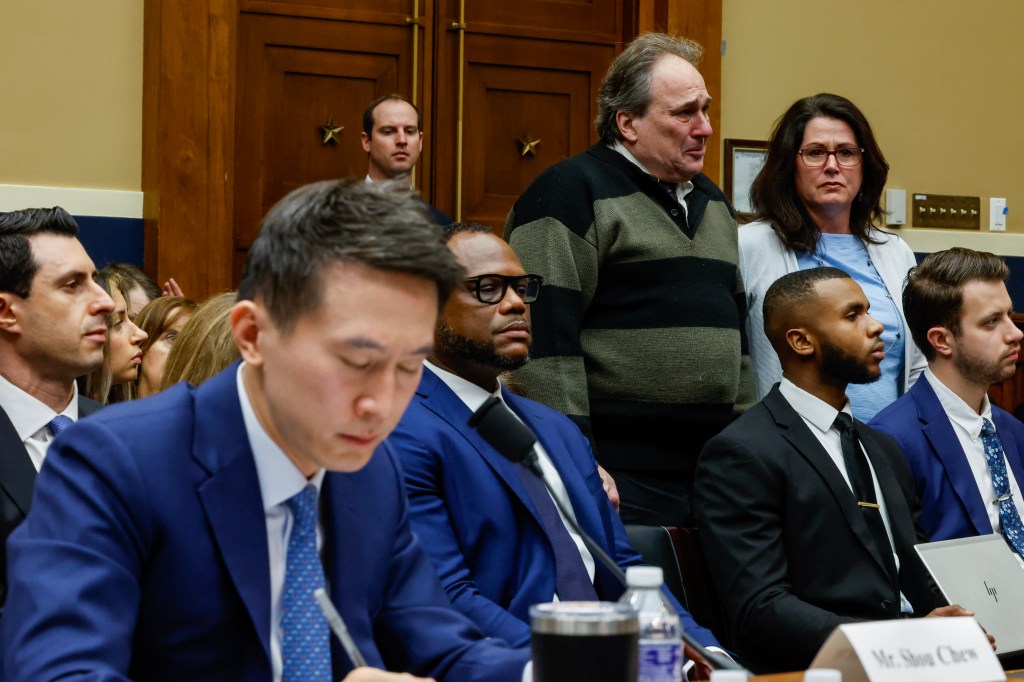
“I don’t think TikTok should exist,” said Dean.
He maintains Chase had previously shown no signs of being suicidal. He recalls his son being excited about a ski trip he went on with friends weeks before his death.
“It’s not like he came to me and said ‘I really don’t want to go to [soccer] practice today’ or there was a decline in his grades or he wasn’t hanging out with this friends. There was not a single abnormality in his behavior that would even indicate that something was wrong,” Dean said.
“There were a lot of great things he was doing with his life.”
Read the full article Here


